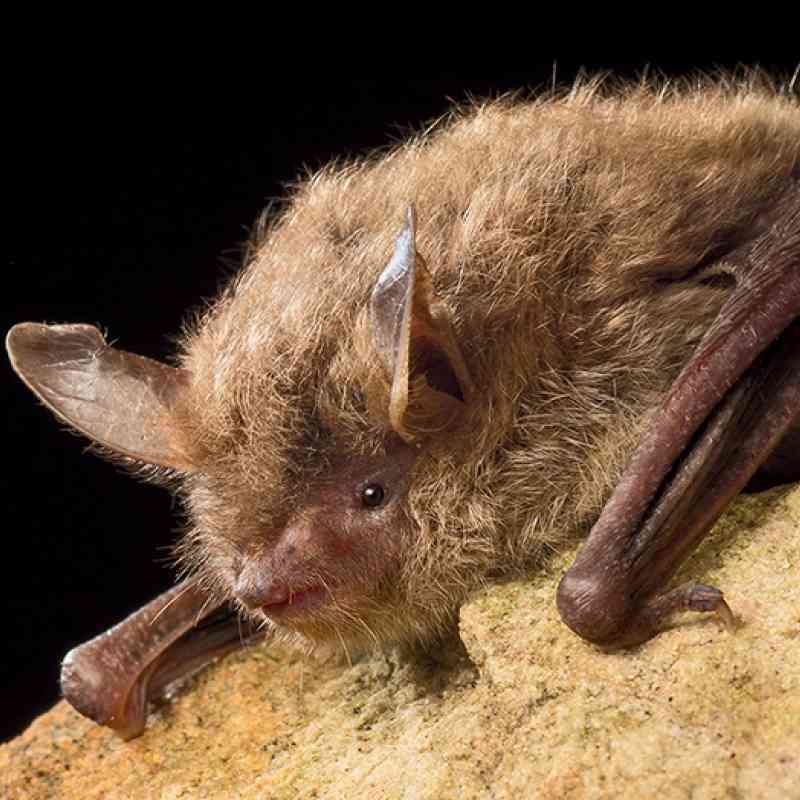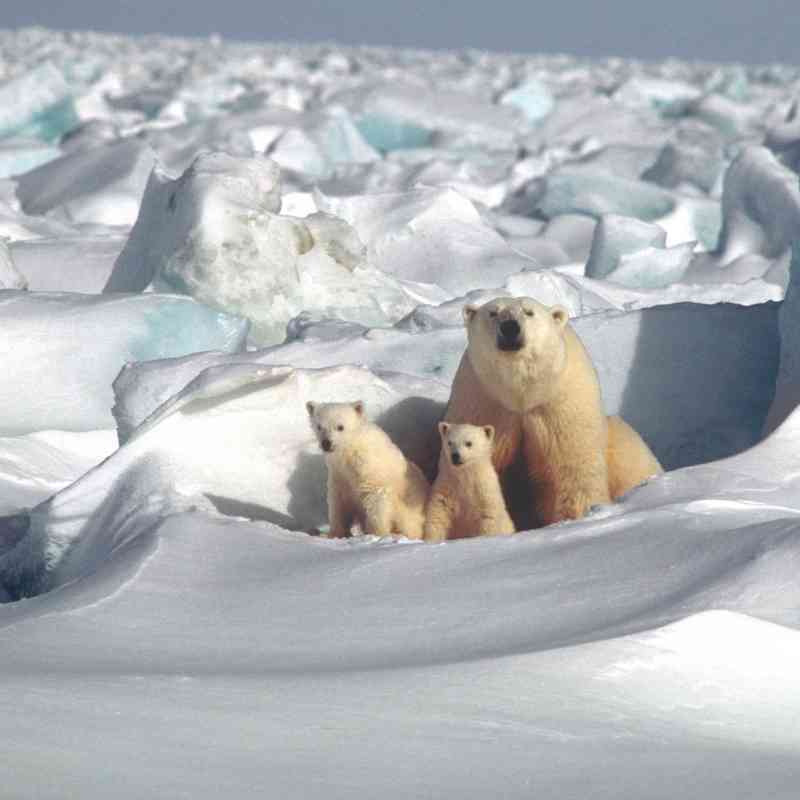FOR IMMEDIATE RELEASE
Date: February 13, 2015
Contact:
Chase Gunnell, Conservation Northwest: 206.465.8591 | chase@conservationnw.org
Kati Schmidt, National Parks Conservation Association: 415.847.1768 | kschmidt@npca.org
Melanie Gade, Defenders of Wildlife: 202.772.0288 | mgade@defenders.org
Public meetings on North Cascades grizzly bears announced
Conservation groups call for a show of support for restoring a Northwest native
Today, the National Park Service, Washington Department of Fish and Wildlife (WDFW) and U.S. Fish and Wildlife Service (USFWS) announced the official start of a public process to plan for the restoration of a grizzly bear population in Washington’s North Cascades Ecosystem.
Conservation groups were thrilled that the announcement, part of the Grizzly Bear Restoration Environmental Impact Statement (EIS) process for the North Cascades Ecosystem, marks the first formal step in the recovery of an important native species on the brink of disappearing in the Pacific Northwest.
Public engagement is the next step in a three-year process that the agencies announced in August of 2014. A public comment period will be open through March 26, 2015. Comments can be made during a series of open houses, online at http://parkplanning.nps.gov/NCEG, or via regular mail or hand delivery at: Superintendent’s Office, North Cascades National Park Service Complex, 810 State Route 20, Sedro Woolley, WA 98284.
The public open houses will be held at:
· Tuesday, March 3rd in Winthrop from 5-7:30 p.m. at the Red Barn Upper Meeting Room
· Wednesday, March 4th in Okanogan from 5-7:30 p.m. at the Okanogan PUD Meeting Room
· Thursday, March 5th in Wenatchee from 6-8:30 p.m. at the Chelan County PUD Auditorium
· Monday, March 9th in Cle Elum from 5-7:30 p.m. at the Putnam Centennial Center Meeting Room
· Tuesday, March 10th in Seattle from 5-7:30 p.m. at the Seattle Pacific University Bertona Classroom 1
· Wednesday, March 11th in Bellingham from 5-7:30 p.m. in the Bellingham Central Library Lecture Room
Conservation organizations urge the public to attend these meetings and share their support for restoring this vital native species.
“Maintaining and recovering grizzly bear populations in and around North Cascades National Park protects this great natural legacy for generations to come,” said Rob Smith, Northwest Regional Director for National Parks Conservation Association. “The animals have historically helped make this national park a spectacular, diverse piece of wild America, and that’s worth protecting.”
The area, identified for grizzly bear recovery nearly two decades ago and containing high-quality bear habitat, is anchored by North Cascades National Park. In the U.S., the North Cascades Ecosystem includes two national forests and several wilderness areas, totaling nearly 10,000 square miles of protected public land.
The agencies leading the review of possible restoration efforts stress that a range of strategies and alternatives will be considered, and local communities, residents and stakeholders will have opportunities for input on the development of the recovery plan going forward.
The bears, of which less than twenty likely remain in the North Cascades Ecosystem, have long been an important cultural symbol for local Native American tribes, as well as playing an important ecological role for the health of the environment and other animal species.
“Having grizzly bears in the Cascades is part of our region’s heritage and identity, and the Tulalip people have long held a cultural connection with these bears. It would be tragic to lose those connections,” said state Senator John McCoy, D-Marysville. “We must act before they are gone for good. I support efforts by North Cascades National Park and the USFWS to begin environmental analysis regarding measures to save and recover the North Cascades grizzly population in a way that incorporates thorough citizen, community and stakeholder input, and fully respects tribal treaty rights.”
“We encourage anyone who loves the Pacific Northwest’s wild animals and wild places to speak out in favor of restoring the grizzly bear in the North Cascades,” said Chase Gunnell of Bellingham-based Conservation Northwest. “Our hope is someday soon the North Cascades will be made even wilder by the presence of a healthy grizzly bear population.”
A few grizzly bears have recently been sighted in the Canadian part of the North Cascades Ecosystem, but no grizzly bears have been sighted in the United States portion for several years. There are as many as 50 grizzlies in the Selkirk Mountain Ecosystem northeast of Spokane, Washington, and confirmed sightings have occurred in northcentral Washington in recent years.
“Today the grizzly population living in the North Cascades is too small to be sustainable, but the good news is that there is widespread public support for grizzly bear recovery in Washington,” said Shawn Cantrell, Defenders director for Pacific Northwest programs. “As we work to bring bears back to the region, we encourage the state to support recovery efforts and proactively address sources of potential conflicts between bears and people."
North Cascades National Park already recommends visitors carry bear spray and requires them to keep camps bear-safe by using specially designed bear resistant trash receptacles, bear canisters, or by hanging food, trash and other fragrant items away from tents or sleeping areas.
“Even though thousands of people live, work and recreate every year in bear country from Wyoming to Montana, Idaho and Washington state, problems with grizzly bears are extremely rare,” said ecologist, bear expert and filmmaker Chris Morgan. “With some education and awareness, steps to recreate safely in grizzly country are really pretty easy and straightforward.”
If the North Cascades grizzly population is successfully recovered, the region will once again have populations of all the native predators that were present prior to the turn of the 19th century, something possible in very few places in the continental United States.
###
Defenders of Wildlife is dedicated to the protection of all native animals and plants in their natural communities. With more than 1.1 million members and activists, Defenders of Wildlife is a leading advocate for innovative solutions to safeguard our wildlife heritage for generations to come. For more information, visit www.defenders.org and follow us on Twitter @DefendersNews.
Defenders of Wildlife is celebrating 75 years of protecting all native animals and plants in their natural communities. With a nationwide network of nearly 2.2 million members and activists, Defenders of Wildlife is a leading advocate for innovative solutions to safeguard our wildlife heritage for generations to come. For more information, visit defenders.org/newsroom and follow us on Twitter @Defenders.

